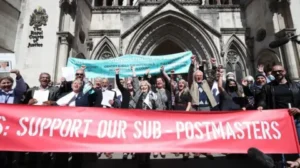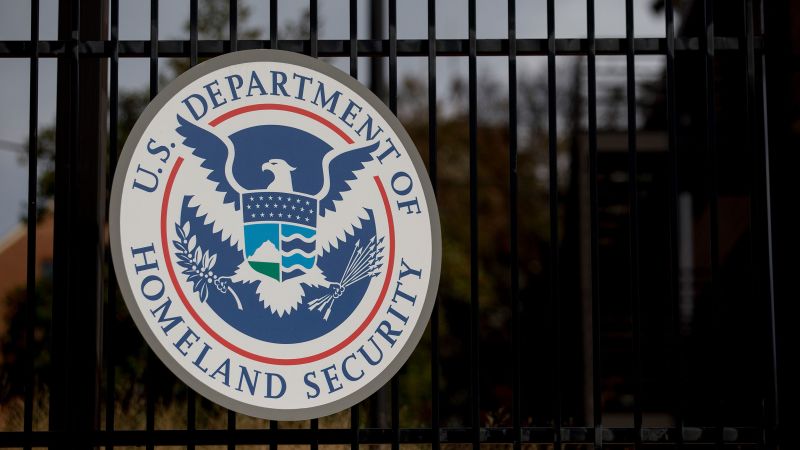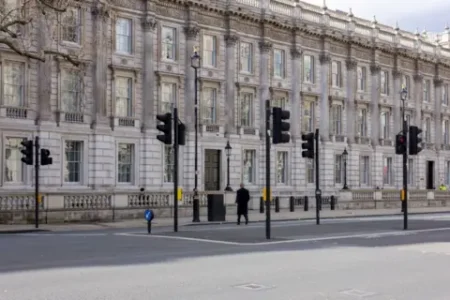In a concerning report obtained by CNN from the Department of Homeland Security (DHS), tensions between Iran and the United States are escalating, with potential implications for US government officials. According to the bulletin, Iranian leaders might target American officials if they perceive their regime’s stability to be threatened. This intelligence, dated June 22, highlights various scenarios that could lead to such drastic actions, primarily centered on perceived US aggression towards Iran, including strikes that have resulted in the deaths of high-ranking Iranian officials.
The recent actions by Iran have underscored this growing volatility. On Monday, Iranian military forces launched missiles towards a US military base located in Qatar, which was framed as an act of retaliation against prior US strikes. This event marks an ongoing string of hostile actions stemming from President Donald Trump’s controversial military decisions that focus on Iranian nuclear sites. The DHS bulletin explicitly links the risk of violent backlash to Trump’s policies, marking it as one of the clearest indicators to date of potential threats directed towards civilian government officials due to foreign military operations.
Homeland Security Secretary Kristi Noem responded to the bulletin’s release, emphasizing the department’s commitment to keeping the nation secure amidst ongoing conflicts, particularly between Israel and Iran. The potential for increased threats includes possibilities of cyberattacks, acts of terrorism, and rising antisemitic hate crimes, which could affect the general populace and governmental officials alike. Noem’s statement reflects a heightened vigilance during these precarious times, recognizing that international conflicts can have direct implications on domestic security.
The DHS bulletin does not delve deeply into specifics regarding what “targeting” US officials might entail. However, it references previous actions, such as allegations from the Justice Department that Iran had contemplated attacks on Trump himself and former national security adviser John Bolton in reaction to the assassination of Iranian general Qasem Soleimani in January 2020. This suggests a willingness by Iran to consider extreme retaliatory measures if it believes its regime is under existential threat from US actions.
While the bulletin conveys a sense of urgency, it also includes an assessment indicating that Iran has not yet publicly articulated threats of retaliatory violence in the wake of US strikes at this time. Additionally, law enforcement has observed recent events which may hinder Iran’s capability to act on any such plots in the near future. The document underlines the importance of situational awareness without confirming any imminent threats, contributing to the ongoing tension regarding Iran’s military strategies.
On social media, Trump has broached the topic of possible regime change in Iran. His provocative claim—that if the current Iranian regime cannot rectify its nation’s issues, then a regime change should be under consideration—has further inflamed discussions following the missile strikes and military confrontations. Concerning Trump’s comments, White House press secretary Karoline Leavitt indicated that the former president was merely posing a question rather than outlining any policy.
The document from the DHS, characterized as “For Official Use Only,” articulates a “heightened threat environment” in the United States, pointing towards a likelihood of low-level cyberattacks and the persistent risk of lone-wolf attacks. With tensions brimming, law enforcement is reassessing connections in the United States to known or suspected Iranian-aligned groups, including Hezbollah, in anticipation of growing peril linked to escalating hostilities.
Iran has a history of utilizing cyber capabilities to gather intelligence for potential assassination or surveillance missions. Past incidents, such as the hacking of a former Trump official affiliated with Bolton, exemplify the persistent threat posed by Iranian actors in cyberspace. In line with this context, the DHS bulletin expressed a significant concern for possible low-level cyberattacks by Iranian-affiliated hacktivists, as well as possible assaults on critical American infrastructure, which could have drastic implications for national security.
The broader sense of danger exemplified in this DHS bulletin illustrates the fragility of the current geopolitical landscape and the emerging threats that could confront both individual officials and broader American society as tensions between the US and Iran continue to escalate.











